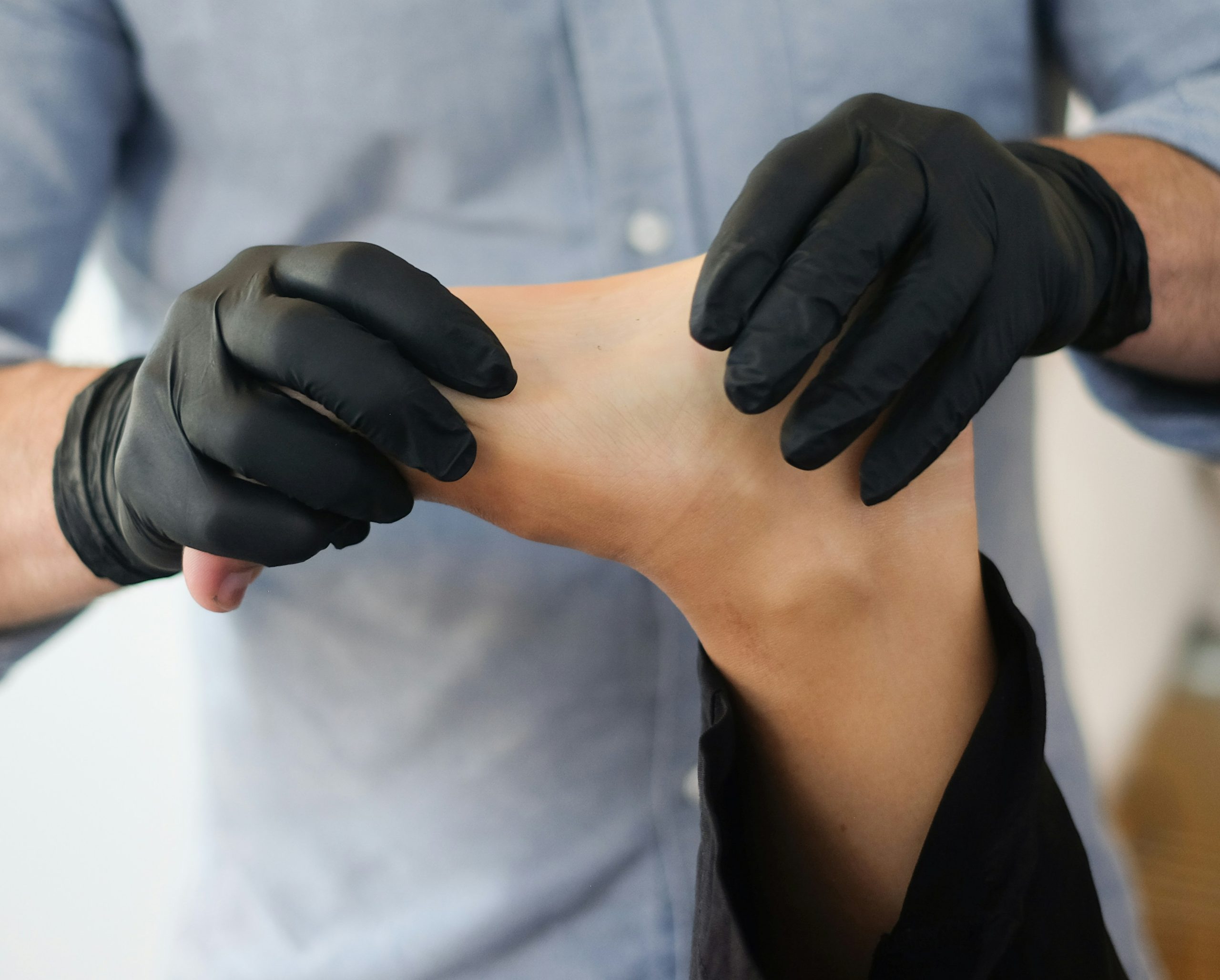Recovering from sports injuries often requires a mix of treatments aimed at reducing pain, inflammation, and restoring mobility. While traditional methods like ice baths, physiotherapy, and medications remain popular, low-level laser therapy (LLLT) has emerged as a modern, non-invasive alternative. In this article, we’ll compare the benefits of laser therapy with these traditional approaches, exploring how it can enhance recovery for athletes of all levels.
How Laser Therapy Works for Recovery
Low-level laser therapy uses focused light energy to penetrate tissues, promoting cellular repair, reducing inflammation, and alleviating pain. It’s applied directly to the affected area, offering a safe, non-invasive method to accelerate healing and improve overall recovery outcomes.
Comparing Recovery Methods
1. Ice Baths
Ice baths are a popular method for reducing inflammation and muscle soreness after intense activity. Cold exposure constricts blood vessels, limiting swelling and numbing pain.
Pros:
- Immediate relief from inflammation.
- Cost-effective and accessible.
Cons:
- Temporary effects without addressing tissue damage.
- Uncomfortable or potentially harmful for individuals with certain health conditions.
Laser Therapy vs. Ice Baths:
While ice baths provide temporary relief, LLLT addresses the root cause of injuries by promoting cellular repair, leading to longer-lasting results.
2. Physiotherapy
Physiotherapy involves guided exercises and manual techniques to restore function and strength after an injury.
Pros:
- Tailored to specific injuries.
- Builds long-term strength and mobility.
Cons:
- Time-consuming and often requires regular sessions.
- May not provide immediate pain relief.
Laser Therapy vs. Physiotherapy:
Laser therapy complements physiotherapy by reducing pain and inflammation, making it easier for athletes to perform exercises effectively.
3. Medication
Pain relievers and anti-inflammatory drugs are commonly used to manage injury symptoms.
Pros:
- Quick and easy to administer.
- Provides temporary symptom relief.
Cons:
- Risk of side effects, including dependency and gastrointestinal issues.
- Does not address underlying tissue repair.
Laser Therapy vs. Medication:
Unlike medication, LLLT promotes healing at the cellular level without the risk of side effects, offering a safer, long-term solution.
Customer Testimonial: Effective Pain Management with LLLT
Kathleen, an LLLT user, shares her experience:
*”I have sustained three injuries (plus I have Rheumatoid Arthritis). I am SO glad that I purchased this product, as recommended by my pain management doctor. It is an integral part of my pain management plan. I haven’t needed physiotherapy for several months now. It is so easy to use and so lightweight that I take it overseas with me. I just wish I’d bought it sooner.
While my private Health Fund doesn’t rebate this item at present, I’m still glad I went ahead and bought it. (I found it to be a MUCH better product than the TENS machine that was covered by my Fund.) Some health funds do cover it, so it’s worth checking. Either way, I’d still recommend purchasing this product if you or anyone in your family is in pain.
Rather than hovering over the painful area(s), I was told by my doctor to firmly hold it in the required area(s). I usually use it on my neck, shoulder, lower back, hip, and other areas as required—even hands and feet. I use a pillow so I can get into different positions, and rather than holding, sometimes I can lean my body onto it, which means I can use it by myself without assistance. It has a 5-min auto timer. Stuart is great, very helpful, and approachable.”*
Scientific Evidence Supporting LLLT
A study by Luo et al. (2022), published in The International Journal of Sports Medicine, highlighted the effectiveness of LLLT in sports recovery. The study showed:
- Faster Healing: Significant reduction in pain and inflammation within the first few sessions.
- Improved Mobility: Enhanced flexibility and joint function for athletes recovering from injuries.
- No Adverse Effects: Participants reported no side effects, making it a safer alternative to medications.
The researchers used a robust methodology, ensuring the study’s reliability. Read the full paper here.
Benefits of the Handy Cure Low-Level Laser Device
The Handy Cure Low-Level Laser Device offers a practical and effective solution for injury recovery. Key features include:
- Portability: Lightweight and travel-friendly.
- Ease of Use: Simple controls for self-administered treatment.
- Targeted Relief: Precise application to injured areas.
- Drug-Free Alternative: Promotes healing naturally without side effects.
Explore the Handy Cure Device.
Addressing Common Questions About LLLT
1. What types of injuries can LLLT treat?
LLLT is effective for managing sprains, strains, tendonitis, muscle tears, joint inflammation, and more.
2. How quickly does LLLT work?
Many users experience relief within the first few sessions, though chronic conditions may require several weeks of consistent treatment.
3. Is LLLT safe for long-term use?
Yes, LLLT is non-invasive and safe for extended use with minimal side effects.
4. Can LLLT replace traditional treatments?
LLLT can complement traditional treatments or serve as an alternative for those seeking non-invasive options.
5. Can the Handy Cure device be used at home?
Absolutely. The Handy Cure device is specifically designed for safe, at-home use.
Low-level laser therapy is a game-changer for athletes, offering a non-invasive, drug-free alternative to traditional recovery methods like ice baths, physiotherapy, and medication. Backed by scientific research and glowing testimonials, devices like the Handy Cure Low-Level Laser Device provide a practical and effective way to accelerate recovery and reduce pain. Whether you’re recovering from an injury or managing chronic pain, LLLT is a valuable addition to your recovery plan.
Disclaimer: Always consult with a healthcare professional before starting any new treatment for sports injuries.
References:
Luo, W. T., Lee, C. J., Tam, K. W., & Huang, T. W. (2022). Effects of Low-Level Laser Therapy on Muscular Performance and Soreness Recovery in Athletes: A Meta-analysis of Randomized Controlled Trials. Sports health, 14(5), 687–693. https://doi.org/10.1177/19417381211039766
